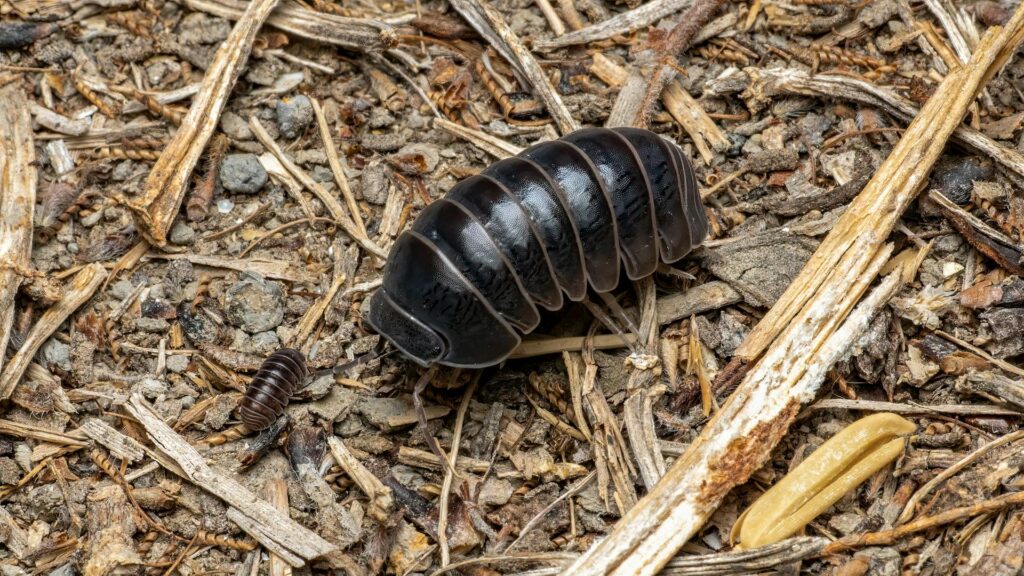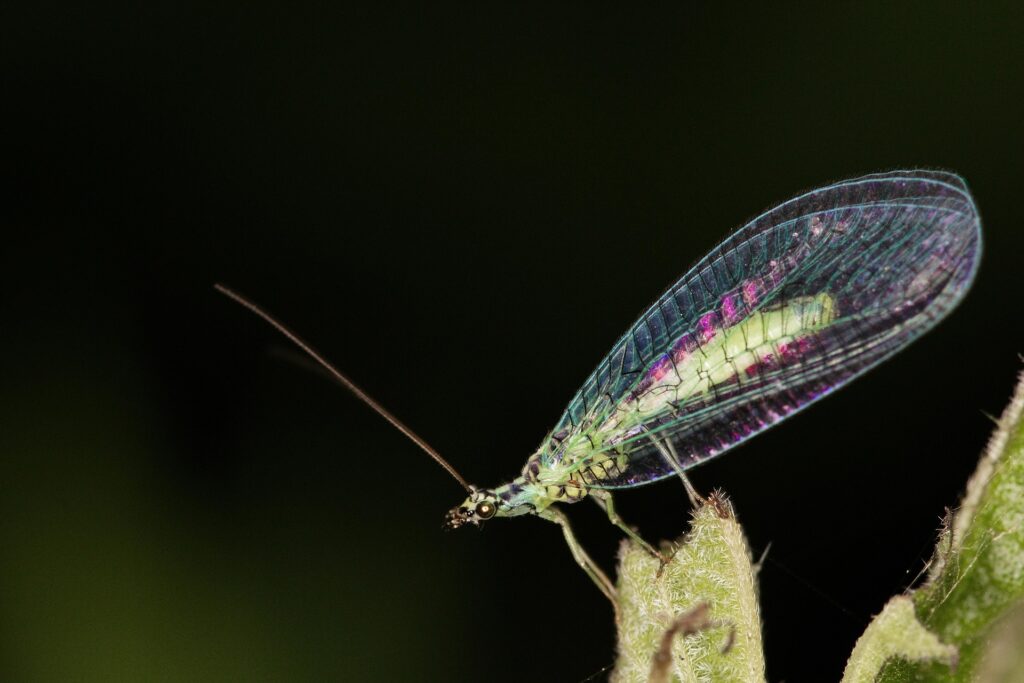Flea bombs and foggers contain powerful insecticides to kill fleas but these chemicals are toxic to humans and pets, as well. Though flea bombs are not always effective, pet owners can try them safely by keeping pets and pet food away during the entire process and cleaning thoroughly after it’s done. Read more tips for a more effective treatment.
What Are Flea Bombs?
Flea bombs (or flea foggers) are popular do-it-yourself flea control products that claim to kill fleas throughout a home in just a few hours. They are aerosol cans of insecticide that release a toxic fog into the air when activated. These small cans spread the insecticides throughout a room or home to kill fleas living in carpets, furniture and other places.
These products bring up many questions about their effectiveness and toxicity. One of the most common questions comes from pet owners: are flea bombs safe for pets?
The short answer is no. No person, pet or plant should be in a house while a flea fogger is being used. These pest control products contain insecticides that are toxic to people (especially children) and animals. Even products labeled “pet-safe” should not be used while pets are present—these are only less potent, not non-toxic.
However, flea bombs can be safely used, even in households with pets, as long as no one is present and the proper precautions are taken.
How Do Flea Bombs Work?
Some flea bombs and foggers contain chemicals that are also present in anti-flea shampoos and gels. Two ingredients common to both categories of products are pyrethrin and permethrin1.
Pyrethrin is a less concentrated and less powerful form of pyrethrum, a natural toxin gathered from flowers. Permethrin, on the other hand, is a synthetic insecticide that is often stronger than pyrethrin.
These insecticides can kill more than fleas: they are also toxic to ticks, mosquitoes, lice, ants, spiders and many other pests. Unfortunately, these chemicals can also be toxic to humans and pets when used incorrectly. It’s important to use caution when deploying flea bombs and other products that contain these insecticides.
The flea fogger sprays the insecticides into the air and disperses it as far as its size allows. This might be one large room or several small rooms. Then, the chemicals settle on the floor, furniture and everything that’s not covered or wrapped. In this way, the fogger spreads the insecticides throughout the room.
Things Pet Owners Should Consider Before Using a Flea Bomb
1. You and your pets will need to stay out of the house for several hours
When using a pet safe flea bomb or flea bombs safe for pets, always ensure no animals are inside during the treatment. Popular questions like “can you flea bomb one room” or “how to flea bomb with indoor cats” arise, highlighting the importance of isolating areas effectively if not vacating the premises. Additionally, products labeled as ‘flea bomb safe for pets’ or ‘flea fogger safe for cats’ offer a relatively safer chemical composition, yet precaution is still mandatory. This way, your pets are out of harm’s way, and your home becomes flea-free without undue risk.
Flea bombs come with a recommendation for how long to stay away from the treated areas after you’ve activated them. Usually, this ranges from four to eight hours, so you should plan to use a flea bomb only when you, your family and your pets stay out of the house for several hours.
2. Where do fleas hide?
Flea infestations can spread from pets to furniture to carpets and other locations. Determining which areas or rooms have the most severe infestations can help you target fleas more effectively. Pet beds and upholstered furniture are common hiding places for fleas. They can usually find more hiding places in rooms with fabrics and carpeting than in bathrooms or kitchens with mostly tile.
3. What should you protect from a flea bomb?
You can use flea bombs in any rooms of a house as long as you can ventilate the room once it’s time to clean up. However, these chemicals are toxic and you should use caution when putting a flea bomb anywhere near food items, pet food, children’s toys or toiletries.
Put houseplants outside and remove any pet food or children’s toys from your home. Cover all food items or move them out of the affected zone. Store toothbrushes and other toiletries in a location or container where they won’t be contaminated.
The chemicals in aerosol cans of flea fogger can be flammable. Never use a flea bomb near a flame or potential spark. It’s wise to unplug electronics and turn off lights and appliances to ensure there’s no chance of a fire. You might also consider extinguishing the pilot light while the flea fogger is active.
How to Safely Use a Flea Bomb
1. Prepare Your Home for a Flea Fogger
Taking some simple precautionary steps can make cleaning up after a flea bomb easier.
It can help to vacuum floors just prior to using a flea bomb, as it can wake up hiding fleas and increase the chances of killing them. If you think fleas have gotten into a closet, cabinets or cupboards, open their doors to let the fogger reach inside. However, don’t put a flea bomb inside a cabinet; the pressurized gas can be dangerous.
2. Activating the Flea Bomb
Put the flea bomb in the center of the floor. Make sure all windows are closed and activate the fogger. Wearing a mask is an easy way to protect yourself from the chemicals. People with asthma should take extra care. Then, leave your house immediately and don’t go back inside until after the amount of time recommended on the can.
3. Cleaning Up After Using a Flea Bomb
When it’s safe to return, open as many windows as possible to air out your house. If you can, use fans to boost ventilation. Remember, the fog contaminates everything around it with insecticides so you’ll have to thoroughly clean anything that could have been touched.
It might be necessary to keep your pets away from the house for a little while longer while it airs out and you clean areas that are accessible to them. Or, they can wait in a room that was closed off from the chemicals until the rest of the house is ready.
Thoroughly vacuum the floors to pick up the dead fleas, larvae and eggs. Once you’ve cleaned enough space for your dog or cat to enter safely, you can bring them back into the house. Check on them frequently to make sure they’re not exploring places that haven’t been cleaned yet.
Call the Professionals at Aptive Pest Control
If you’re suffering from a flea infestation in your home, a flea bomb might not be the most effective solution. Flea foggers can stain floors and ruin furniture. They’re not always effective and sometimes require more than one treatment. Instead of going through such a messy and inconvenient process, call your local Aptive Pest Control branch today for a free quote on professional flea control. Our service professionals are trained to control and eliminate fleas in a way that’s convenient for you. Start experiencing pest control peace of mind by calling a professional pest control company.









